Home Reviews ,,,,,
In recent weeks we have had the opportunity to try an accessory that we not only didn't know existed, but which we had initially questioned its actual necessity: the monitoring system wireless temperature and tire pressure.
We know very well the consequences of inadequate tire pressure, but only following the tests we will discuss in depth in this article can we firmly affirm that not only such an accessory is useful, but it is also essential for one's own road safety and that of others.
How it is made
The system under test is the Cacagoo CA01. For sale on Amazon, it basically consists of a rather compact monitor (measuring about 10 x 3 x 3 centimeters, just enough to let it wander quietly in the car glove compartment, possibly you can attach it firmly to any point of the dashboard using the mat. gel included in the package) and four sensors that replace the classic caps that protect the tire valve and constantly monitor the pressure and temperature of the single tire in real time.
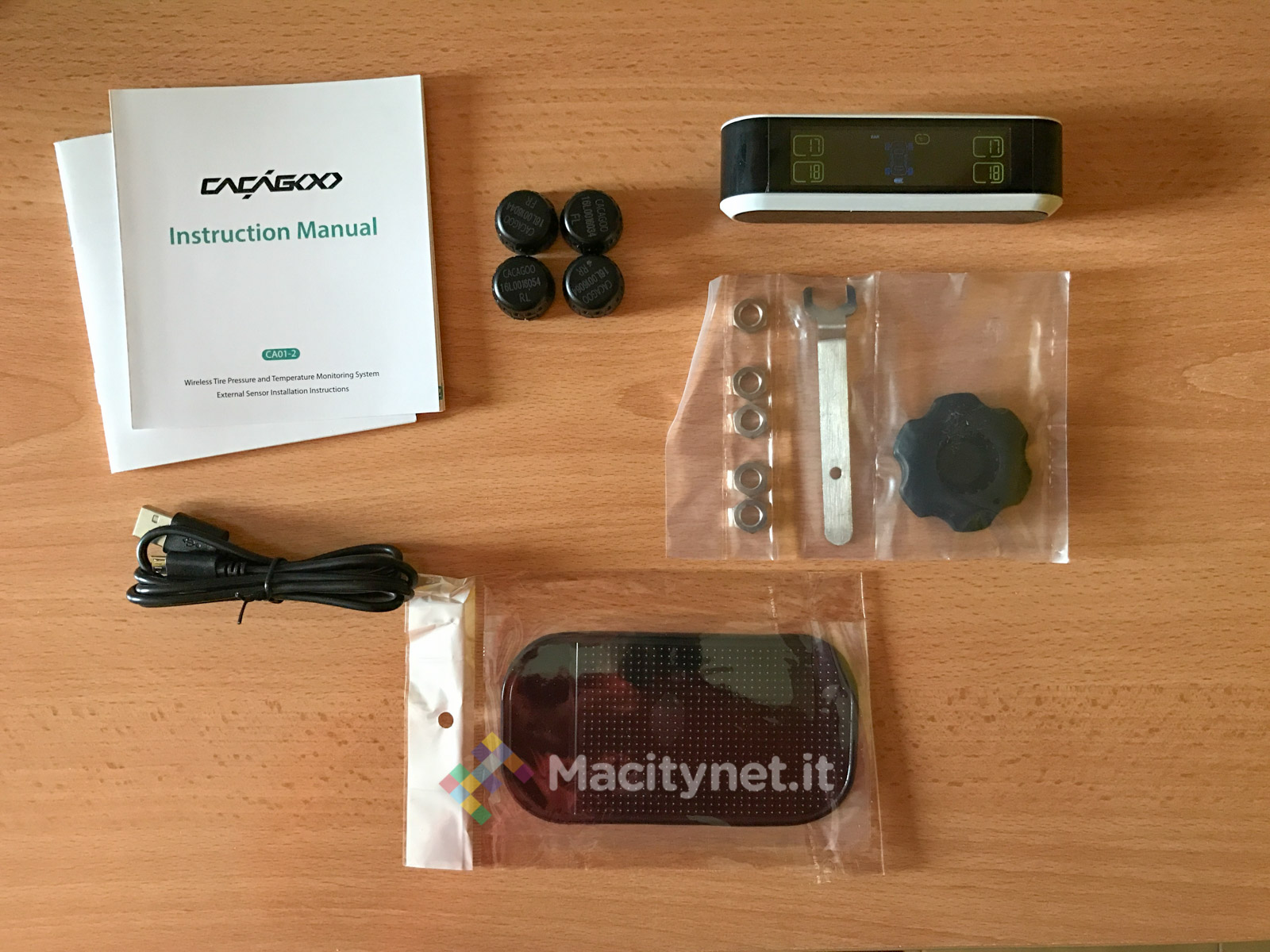
Thief proof
Since unpacking, our first doubt was: and if I steal sensors ? This question is answered, albeit not directly, by the instructions for use. In fact, when mounting the sensors, the system combines a washer for each sensor which will lock the latter to the valve. It is not the solution of the century but it certainly keeps the simplest thefts at bay, as not only will you need to be in the right place and at the right time, but you will also have to have the right wrench in your pocket of the right size and shape to guarantee the correct tightening of the washer.
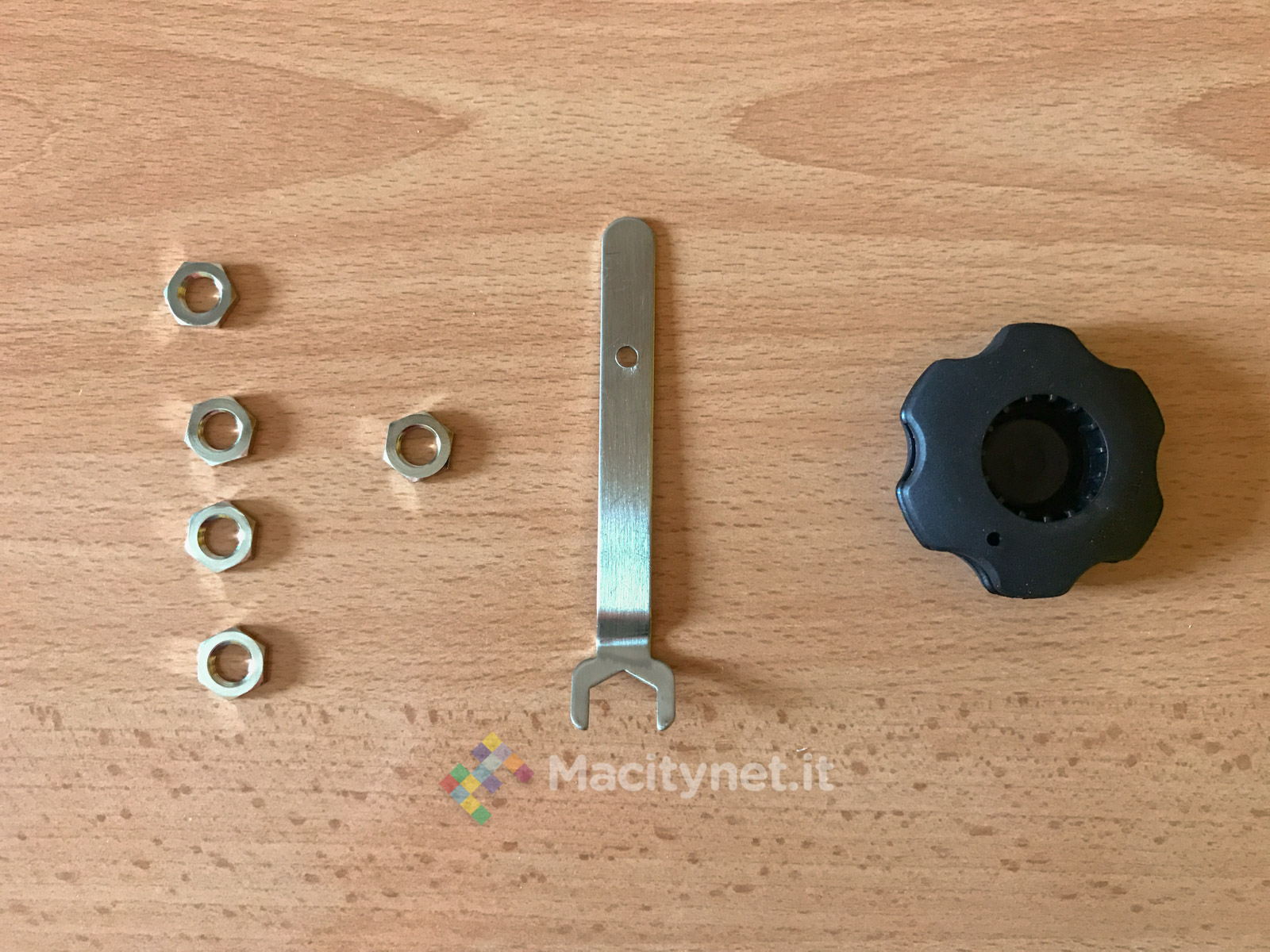
It is therefore not possible to simply unscrew them by hand, and if they can be removed the paired display will still be missing, a fundamental element to be able to re-use them on another car. sensors should the need arise to change seasonal tires or replace a punctured tire on the fly, a condition for which it is therefore necessary to always carry the supplied wrench with you.
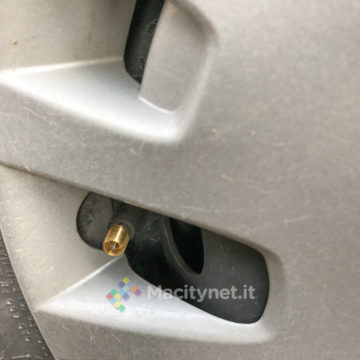
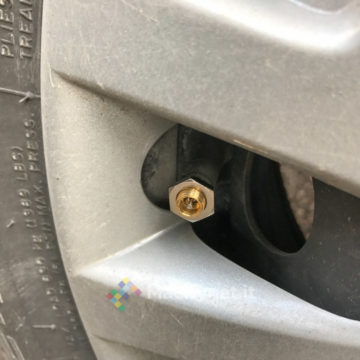
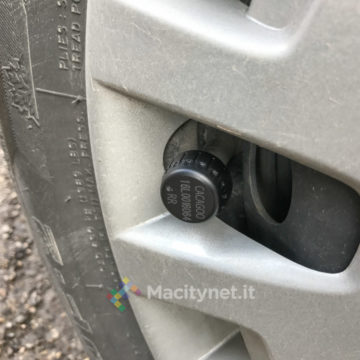
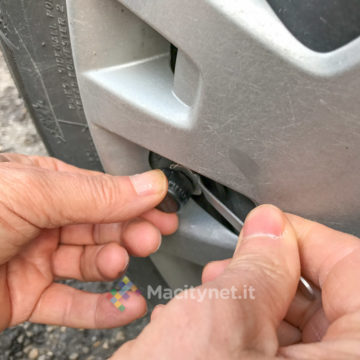

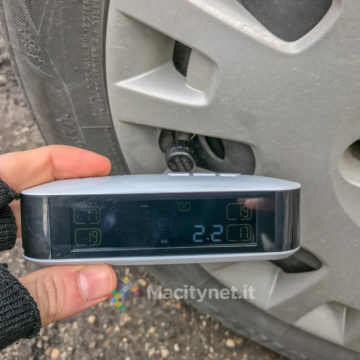
Monitor reading and system operation
As soon as even one sensor is installed, the temperature values ( in ° C by default, but you can also choose to display them in ° F) and pressure (in BAR, with the possibility of displaying them also in PSI) are immediately shown on the display.
For a correct reading of the data of the single tire it is good to pay attention to the installation of the correct sensor in the right rubber . In fact, on the outer shell of each component there is an abbreviation consisting of two letters: the first indicates the position in the vehicle, F (Front) for Anterior and R (Rear) for Rear, the second letter indicates the side in the vehicle, L ( Left) for Left and R (Right) for Right. As a practical example, the sensor labeled RR will be positioned on the Right Rear tire and will be displayed in the lower right corner of the monitor.
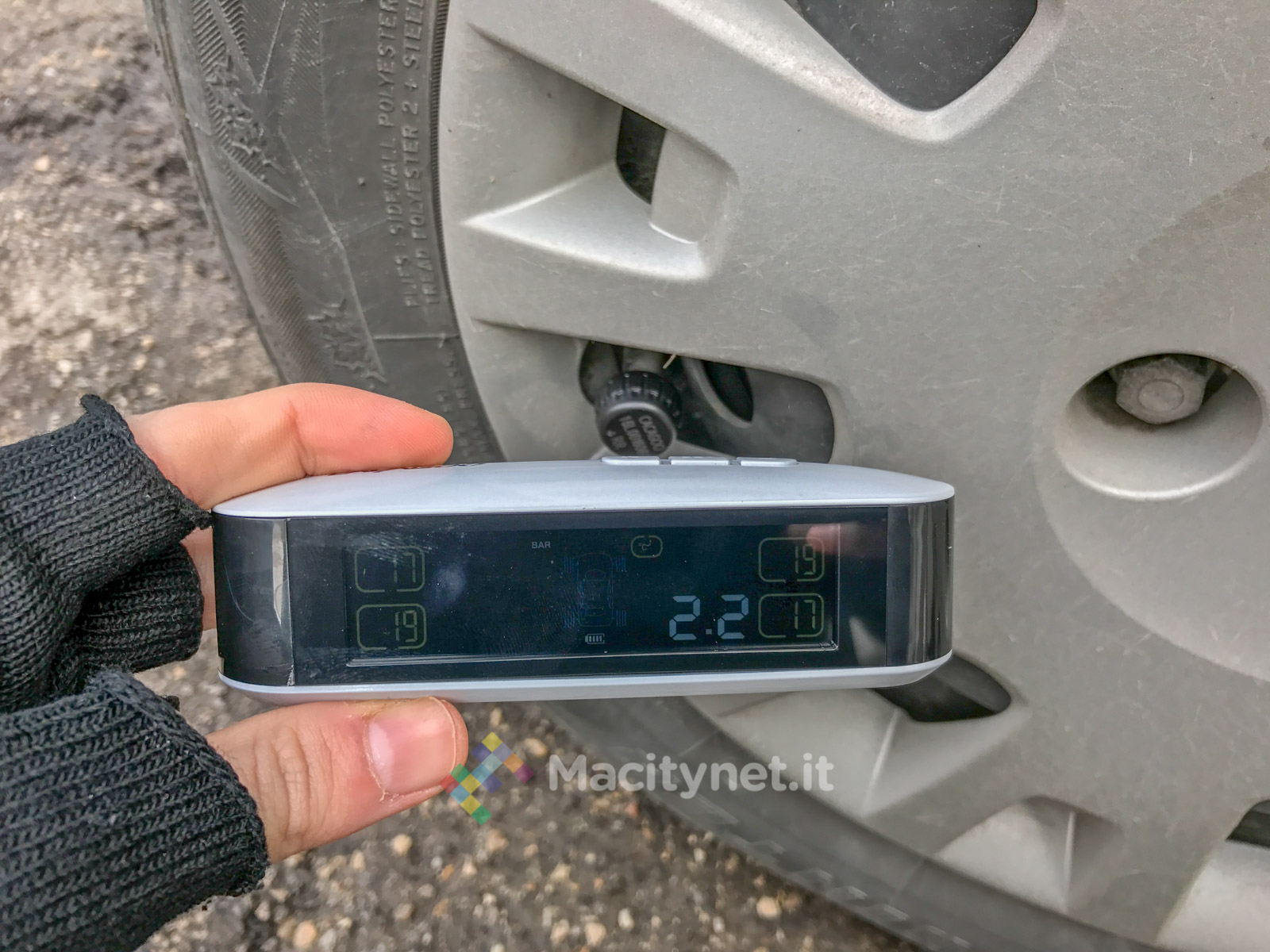
The pressure level (in white) and, adjacent to this value, the temperature (in yellow) is shown for each tire. The data is constantly monitored and any variation, even the slightest, is reported in real time on the screen. On the latter some specific signals, accompanied by an acoustic signal , warn the eventual exceeding of the previously configured values in case of high and low pressure, high and low temperature, but also low battery of sensors or monitor.
Technical information
Regarding the autonomy , the monitor ensures two or three months with a single charge. There are no buttons to turn it on: it is activated, instead, with a small vibration, so when we start the car it will be ready and running, while it turns off automatically after 5 minutes in the absence of vibrations. As for the sensors, the button-type batteries ensure an autonomy of 2–3 years, and are easily replaced – and without having to remove the sensors from the tires – by levering the outer cap with the special tool supplied. .
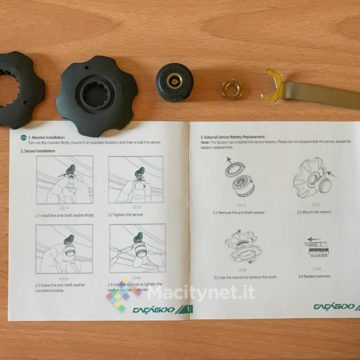
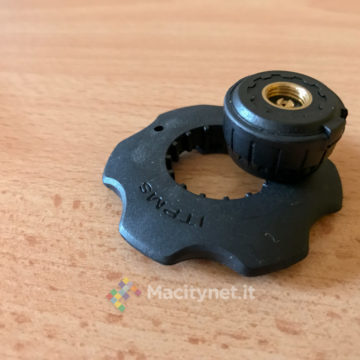
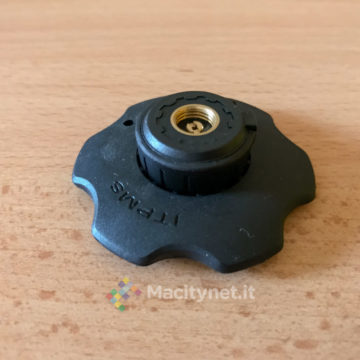
The system is designed to also facilitate a possible inversion of tires , which can be automated via software following the procedure indicated in the manual (everything is managed through three keys recessed in the upper side of the monitor), without necessarily having to physically move the sensors.
The sensors – reads the manual – are IP54 certified, therefore protected against dust and splashes of water. In our tests, between rain and snow, we found no problems, but taking into account the certification it is probably not recommended to mount them on vehicles with which you cross streams and small rivers.
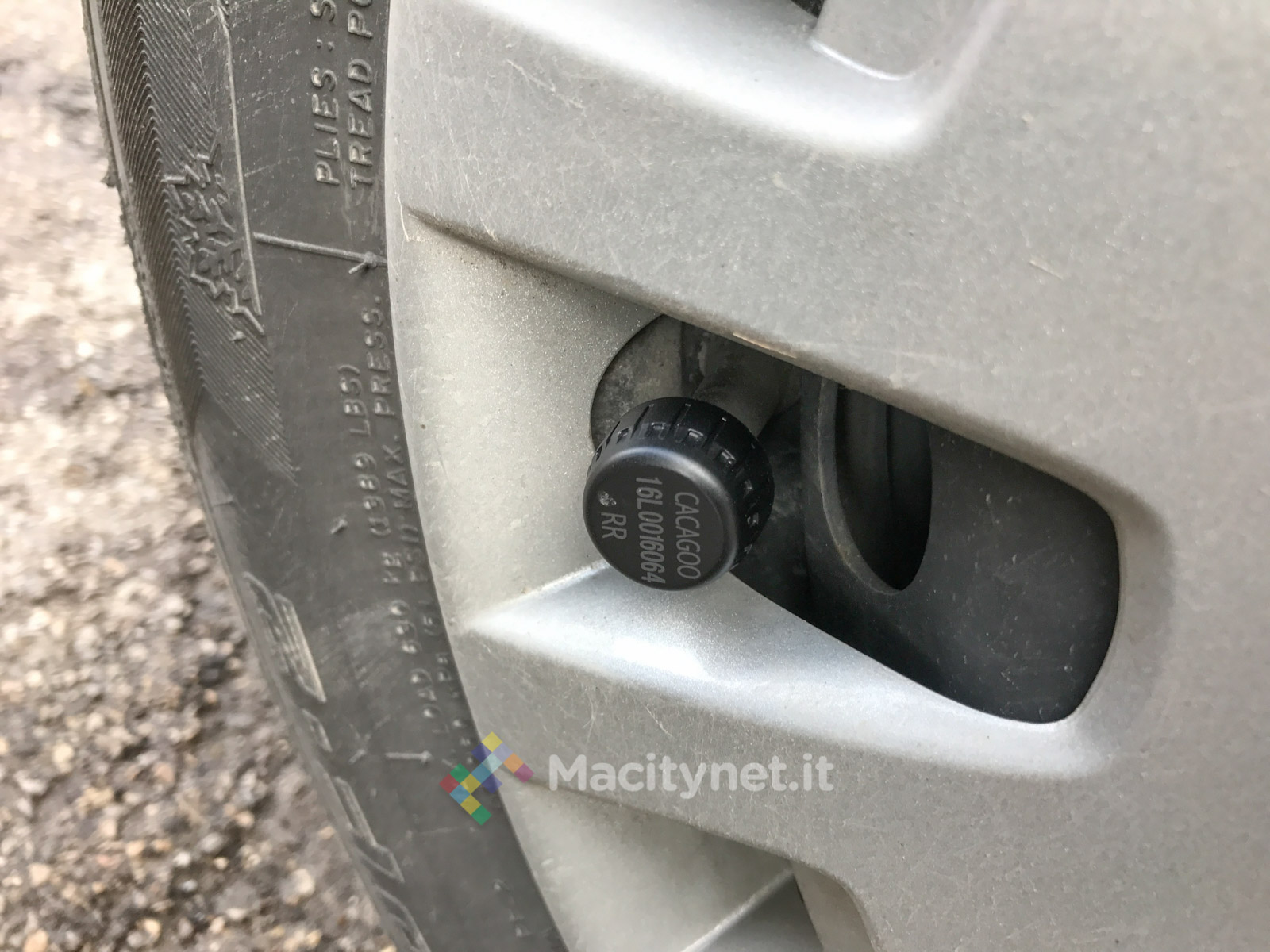
Field test
The first test we put in place is was to verify the correct functioning of the system . Manometer in hand, we then manually measured the tire pressure, then comparing the values reported by the sensors. The error is about ± 0.1 BAR, completely acceptable for the use for which this accessory is designed.
As a second test we have instead tried to simulate the puncture of a tire to find out how the device behaves. By default, the system is configured to alert the user when the pressure is below 2 BAR or above 3 BAR. We therefore deliberately inflated a tire bringing the pressure to a value of 3.2 BAR: the moment we screwed the sensor back on, the monitor began to emit an acoustic signal, showing the appropriate indicator on the display and making the values flash. pressure of the relevant tire. The same test gave a positive result in the opposite direction, deflating the tire to bring the pressure to just over 1 BAR.
As regards the temperature , we could not make a comparison as we do not have a tool for the appropriate checks. In any case, on long journeys it was possible to verify the gradual increase in temperature in the tires, which were gradually heating up during the race. In another case we could see how, for example by exposing one side of the car to the sun, the latter influenced the temperature difference between the tires on one side and the other by as much as 5 degrees, a proof that between the we did something else in a period of the year that saw us completely submerged by snow.
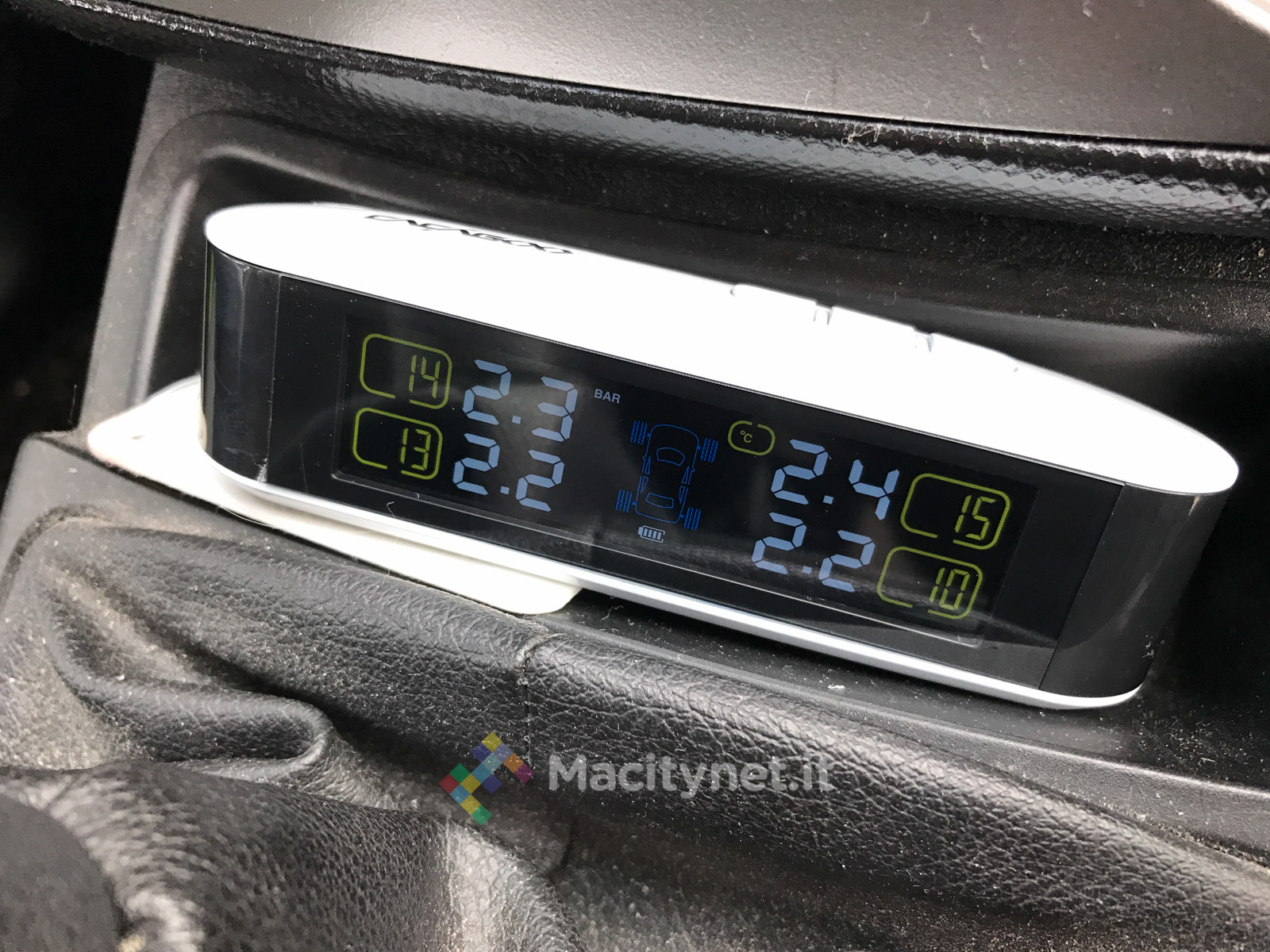
Because you can survive even without it but you shouldn't do without it
As a rule, before leaving for a long journey, we proceed with the verification of the tire pressure. Similarly, those who travel by car daily for work should periodically check the tire pressure.
This is because a incorrect inflation can lead to increased tire wear and reduced longevity, as well as increased fuel consumption. With a pressure of less than 2 BAR, the tread of the tire deforms, there is a greater wear of the rubber at the edges and consequently worse grip on the road, the braking distance increases and, on wet surfaces, the risk of acquapaning increases. But even with a tire whose pressure is higher than 3 BAR, the tread wears out more in the center and the same risks arise when driving.
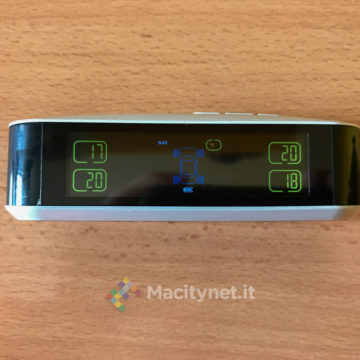
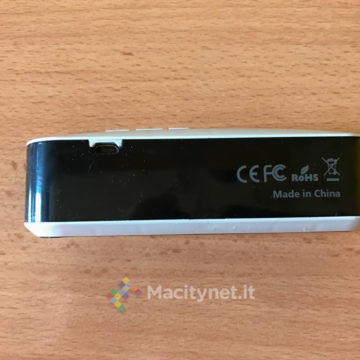
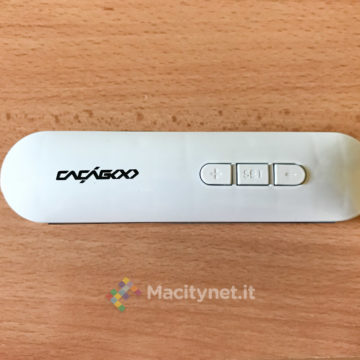
Therefore, knowing the pressure level of each tire first of all avoids periodic checks. Real-time monitoring is particularly useful even with the car in motion, warning in time for example the presence of a puncture that certainly compromises the grip of the tread and safety while driving.
As for the temperature, the monitor by default warns the user when the temperature of one or more tires exceeds 65 ° C, but it can also be useful to notice in time a clear difference in temperature between a tire and the 'other. The tires, among other things, must be inflated cold, so the sensors are an excellent system to follow the cooling of the tires and proceed with the inflation at the ideal moment.
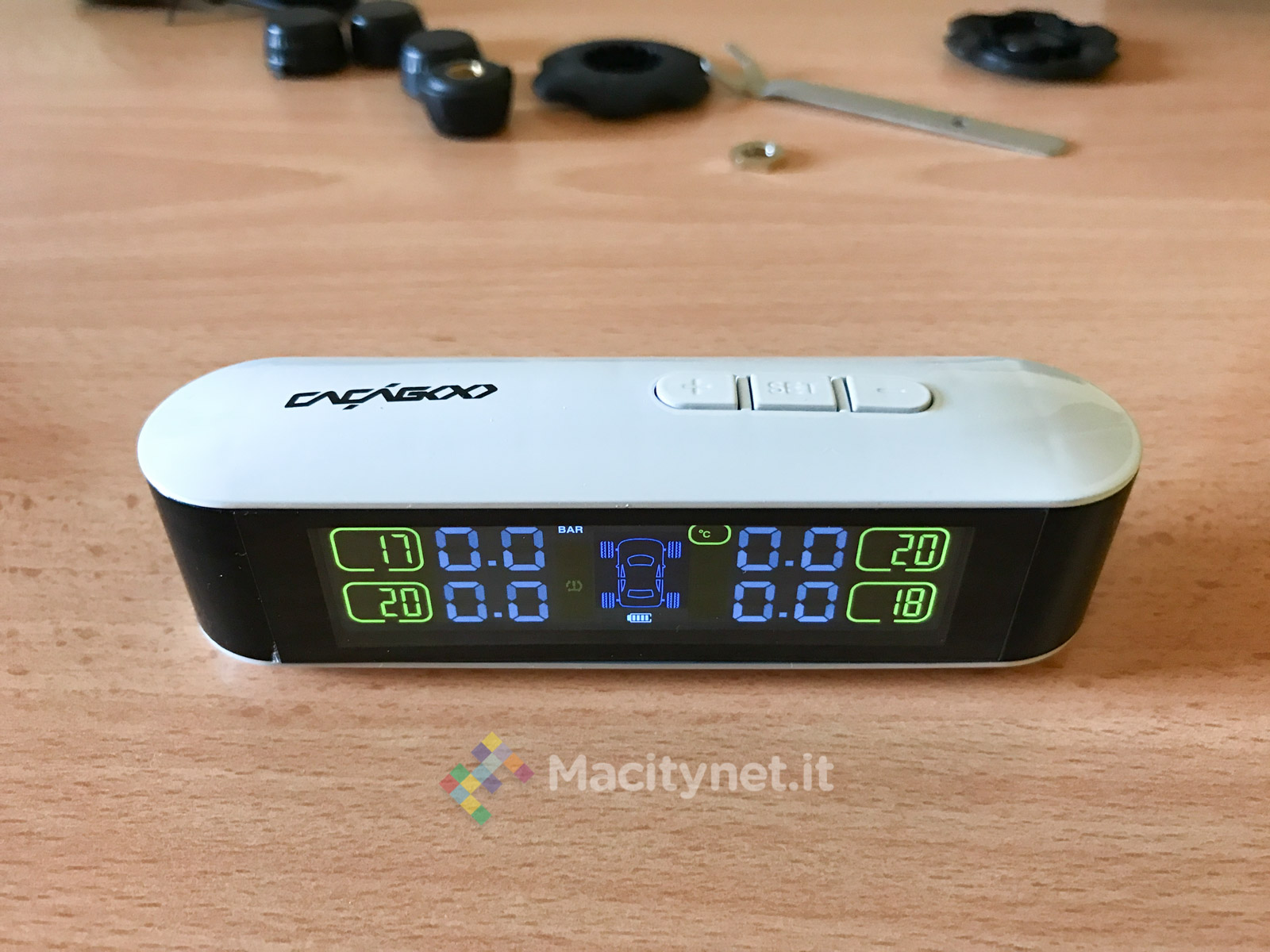
Conclusions
If it is true that a manual pressure gauge now costs around 10-20 euros, the 64 euros needed to buy the Cacagoo CA01 prove to be a long-term investment and which can lead to a series of security and additional advantages (reason, among other things, why in the In recent years, car manufacturers offer as an option a similar system already integrated into the car). during the race, thus reducing the risk of accidents due to a possible puncture or incorrect tire inflation. In this specific case, we must not forget that assembly is within everyone's reach and is compatible with any type of tire.
Pro
Cons
,,





